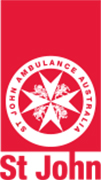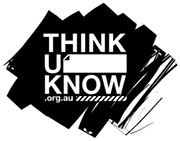Safety At Home
First AidShock
Signs & symptoms
- weak, rapid pulse
- cold, clammy skin
- rapid breathing
- faintness/dizziness
- nausea
- pale face, fingernails, lips.
Immediately after injury, there may be little evidence of shock. Signs and symptoms may gradually develop depending on the:
- severity of the injury
- continuation of fluid loss
- effectiveness of management.
What to do
1. Follow DRSABCD and manage injuries such as severe bleeding.
2. Reassure the patient.
3. Raise the patient’s legs (unless fractured or a snake bite) above the level of the heart, with head flat on the floor.
4. Treat any other wounds or burns, and immobilise fractures.
5. Loosen tight clothing around neck, chest and waist.
6. Maintain the patient’s body warmth with a blanket or similar. DO NOT use any source of direct heat.
7. Give small, frequent amounts of water to the conscious patient who does not have abdominal trauma and who is unlikely to require an operation in the immediate future.
8. Monitor and record breathing, pulse and skin colour at regular intervals.
9. Place the patient in the recovery position:
- if there is difficulty breathing
- if patient becomes unconscious
- if patient is likely to vomit.







